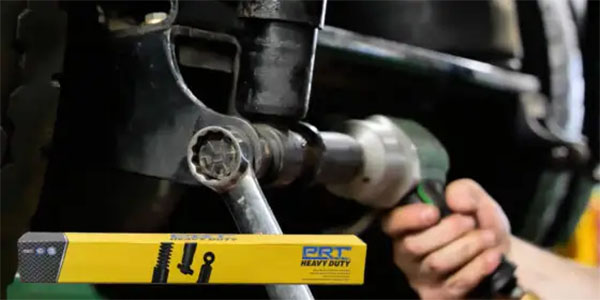On a four-cylinder engine, cylinders two and three have lower compression than cylinders one and four. The spark plugs in cylinders have white chalky deposits on the insulator and electrodes. What is the most likely cause?
A) Damaged air filter element
B) Intake manifold leak
C) PCV valve stuck open
D) Damaged head gasket
The answer is D.
If you chose A, this is rare and would cause round glass-like beads to form on the spark plug. It would have also affected cylinders one and four. Did you choose B? A leaking intake manifold can cause the engine management richer or leaner, but the deposits would be black. C? Well, a stuck PCV valve will cause black deposits.
A coolant leak is the most likely cause. Internal coolant leaks can foul a spark plug and cause a misfire. The problem could be a leaking intake manifold or a head gasket, and the fouled plug might be localized to one or two adjacent cylinders. The burned coolant leaves deposits on the electrodes and insulator, creating hot spots that could cause pre-ignition and a misfire code being set.
When the plug is pulled, it might have a chalky appearance on the ground strap and center electrode. Modern coolants do not cause this type of buildup quickly due to the reduction of phosphate, zinc and other additives that can contaminate the catalytic converters. Unfortunately, it also means that drivers will run a vehicle with a coolant leak for several thousand miles while the plug becomes slowly fouled. In the past, the converter would become clogged and stop the engine before significant damage was caused. This video is sponsored by Autolite.













